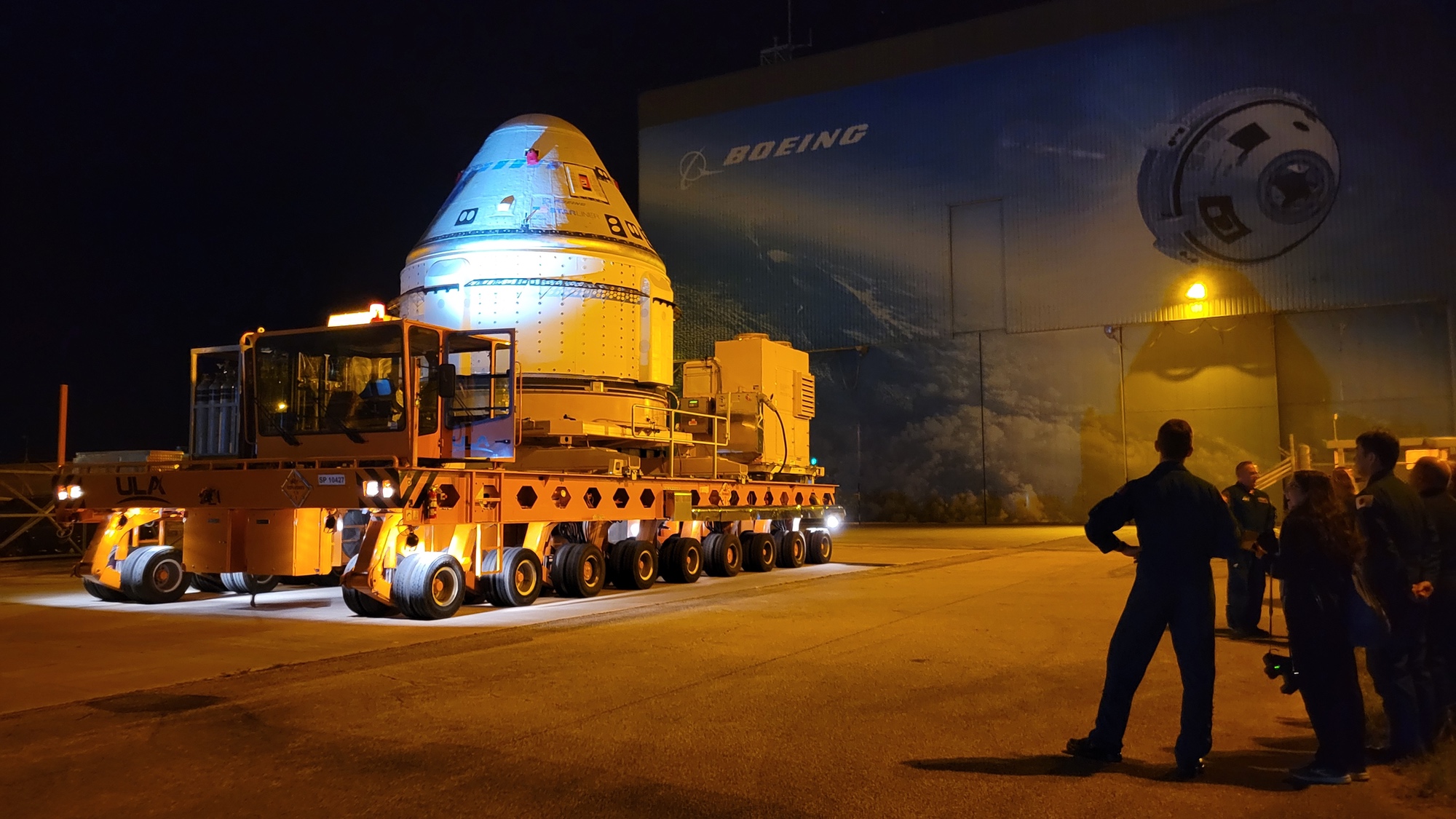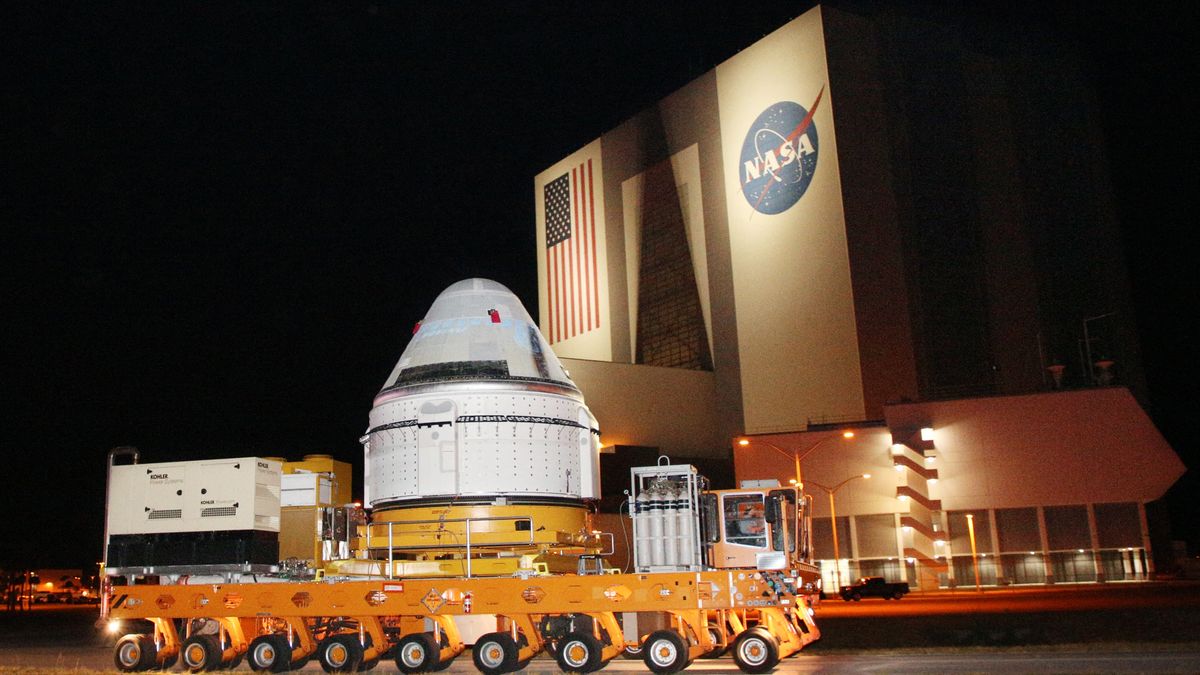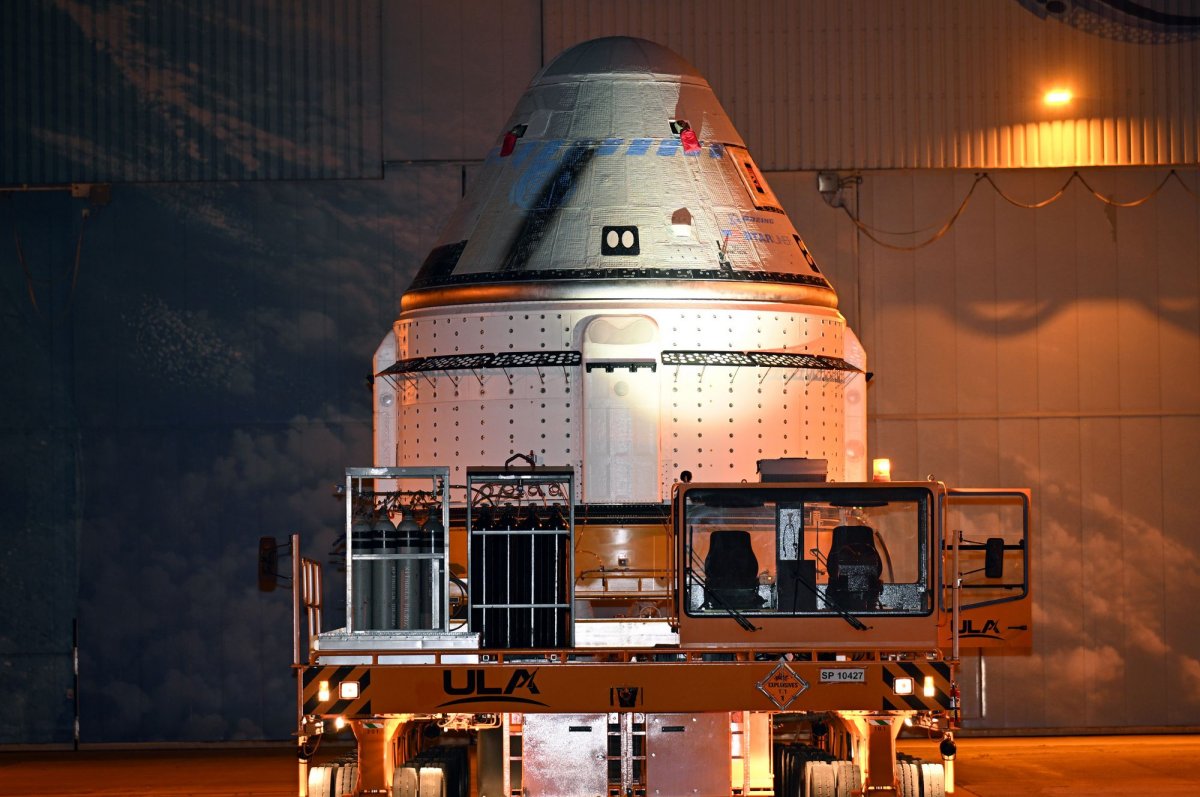
Boeing's CST-100 Starliner spacecraft, which will carry NASA astronauts Butch Wilmore and Suni Williams on a crewed test flight to the International Space Station (ISS), has been installed on an Atlas 5 rocket at Kennedy Space Center's Space Launch Complex 41. The rollout from Boeing's processing facility to the launch pad was a significant milestone in preparations for the Crew Flight Test (CFT) mission, scheduled to launch no earlier than May 6.
The spacecraft suffered malfunctions during an uncrewed test flight in December 2019 that prevented it from reaching the ISS and forced it to return to Earth. The upcoming CFT mission aims to certify Starliner for longer missions, six months or more, for standard ISS crew changeouts.
The rollout marks the latest milestone in preparations for the CFT mission. NASA astronauts Butch Wilmore and Suni Williams are scheduled to arrive at Kennedy Space Center on April 25 for final preparations before launching aboard Starliner. The next milestone is a flight test readiness review, scheduled for April 25.
The CFT mission will be the first crewed launch from U.S. soil since the retirement of the Space Shuttle program in 2011 and marks a significant step forward in NASA's Commercial Crew Program to return human spaceflight capabilities to American soil.
Boeing Starliner is set to dock with the Harmony module at the ISS, where Wilmore and Williams will remain for about eight days before returning to Earth. The successful completion of this mission would allow NASA to certify Starliner for regular crew rotation missions, starting with Starliner-1 in early 2025.
The CFT mission follows a successful uncrewed test flight, OFT-2, which took place in December 2021. The original uncrewed test flight suffered malfunctions that prevented the spacecraft from reaching the ISS and forced it to return to Earth after only a couple days.
The CFT mission is a significant milestone for both Boeing and NASA as they work towards returning human spaceflight capabilities to American soil. The successful completion of this mission would pave the way for regular crew rotation missions, ensuring continuous U.S. presence on the ISS.


